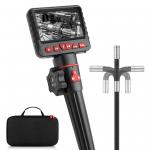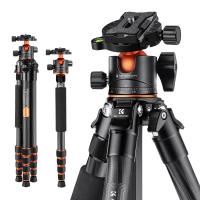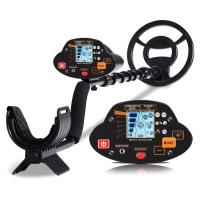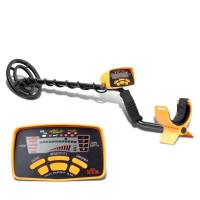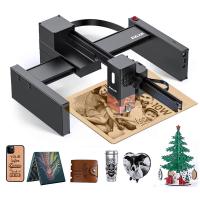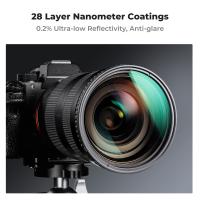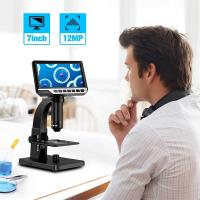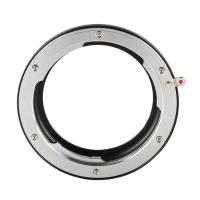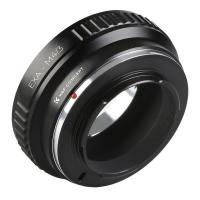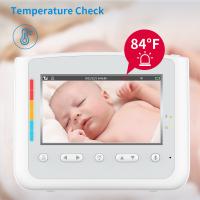Reviews
Helpful for home inspectors
As a home inspector, my toolbox includes a variety of testing and measuring tools: screw drivers, nut drivers, framing square, concrete and wood moisture meters, temperaturehumidity meters, multi-meters, GFCI & AFCI testers, infrared and probe thermometers, binoculars and a couple of really nice digital cameras to document the appearance of the residence or structure.
Two hands required for a thermal temperature picture, one holding a digital IR thermometer directed at the object while aligning the camera with my other hand to “capture” the reading works well enough; however, a lightweight IR camera attachment to my cell phone is quicker and gives my client a true visual representation of temperature variance.
During a recent home inspection with the house temperature set at 75 and the exterior temperature 61 (picture 1), I felt a breeze several inches away from the chipped plaster above the receptacle and wanted to know more. Placing my anemometer meter at the opening, a 3 mph wind speed was recorded, the draft I felt several inches away. A wide view of the wall was provided by the K&F Concept IR camera that displayed a 9 degree wall temperature difference within 24” inch span (lack of or missing insulation). Removing the cover and receptacle (outlet), I was able to easily insert the lens for a look behind the wall. As the pictures captured, there was no insulation directly behind the receptacle box, above (bent the lens cable upward) and below using the side view camera. The red, yellow, blue, green IR picture is the outside (fiber cement siding). The exterior outlet aligns with the cold spot to the right of the interior outlet and the blue in the upper right corner is the interior outlet. I did not attempt to locate the source of the air leakage, annotating in my report further evaluation by a licensed contractor for options and cost. The nine pictures provided by the K&F Concept and IR camera provide a more comprehensive visual understanding than a mere draft from the outlet.
What is the water bottle for?
I drilled a hole on each end, passed the cable through secured with tape making a lens “stand off” for better observation looking in HVAC duct. With the rounded bottle, I’ve gone 14 feet without getting stuck.
The IR camera comes in a protective small semi-hard case, easy to use with the ability to annotate comments directly onto each picture.
The scope is lightweight and easy to use. All functions (picture, video, light, etc.) controlled by your thumb, except for the side view camera switch which is at the base of the cable. Packaged in a protective hard plastic case, with two metal latches and top and bottom foam padding cut to fit the cable, camera, USB cable and three included lens attachment options is more than adequate. A small magnet, 90 degree mirror and hook to fish wire, or “I dropped my ring in the drain” recovery tool are nice additions.
Providing two options for image transfer (one via the provided USB cable or by removing the mini SD card) gives the user flexibility.
As a home inspector, having a “third eye” is nice to answer any lingering questions regarding temperature and other issues: wall cavities, HVAC units, duct, vents, smoke chamber, chimney…
Adding the K&F Concept infrared thermal camera attachment to my tool inventory will allow more accurate reporting. Well worth the investment.
Two hands required for a thermal temperature picture, one holding a digital IR thermometer directed at the object while aligning the camera with my other hand to “capture” the reading works well enough; however, a lightweight IR camera attachment to my cell phone is quicker and gives my client a true visual representation of temperature variance.
During a recent home inspection with the house temperature set at 75 and the exterior temperature 61 (picture 1), I felt a breeze several inches away from the chipped plaster above the receptacle and wanted to know more. Placing my anemometer meter at the opening, a 3 mph wind speed was recorded, the draft I felt several inches away. A wide view of the wall was provided by the K&F Concept IR camera that displayed a 9 degree wall temperature difference within 24” inch span (lack of or missing insulation). Removing the cover and receptacle (outlet), I was able to easily insert the lens for a look behind the wall. As the pictures captured, there was no insulation directly behind the receptacle box, above (bent the lens cable upward) and below using the side view camera. The red, yellow, blue, green IR picture is the outside (fiber cement siding). The exterior outlet aligns with the cold spot to the right of the interior outlet and the blue in the upper right corner is the interior outlet. I did not attempt to locate the source of the air leakage, annotating in my report further evaluation by a licensed contractor for options and cost. The nine pictures provided by the K&F Concept and IR camera provide a more comprehensive visual understanding than a mere draft from the outlet.
What is the water bottle for?
I drilled a hole on each end, passed the cable through secured with tape making a lens “stand off” for better observation looking in HVAC duct. With the rounded bottle, I’ve gone 14 feet without getting stuck.
The IR camera comes in a protective small semi-hard case, easy to use with the ability to annotate comments directly onto each picture.
The scope is lightweight and easy to use. All functions (picture, video, light, etc.) controlled by your thumb, except for the side view camera switch which is at the base of the cable. Packaged in a protective hard plastic case, with two metal latches and top and bottom foam padding cut to fit the cable, camera, USB cable and three included lens attachment options is more than adequate. A small magnet, 90 degree mirror and hook to fish wire, or “I dropped my ring in the drain” recovery tool are nice additions.
Providing two options for image transfer (one via the provided USB cable or by removing the mini SD card) gives the user flexibility.
As a home inspector, having a “third eye” is nice to answer any lingering questions regarding temperature and other issues: wall cavities, HVAC units, duct, vents, smoke chamber, chimney…
Adding the K&F Concept infrared thermal camera attachment to my tool inventory will allow more accurate reporting. Well worth the investment.
28/07/2024
Guess you like products
Guess you like articles

